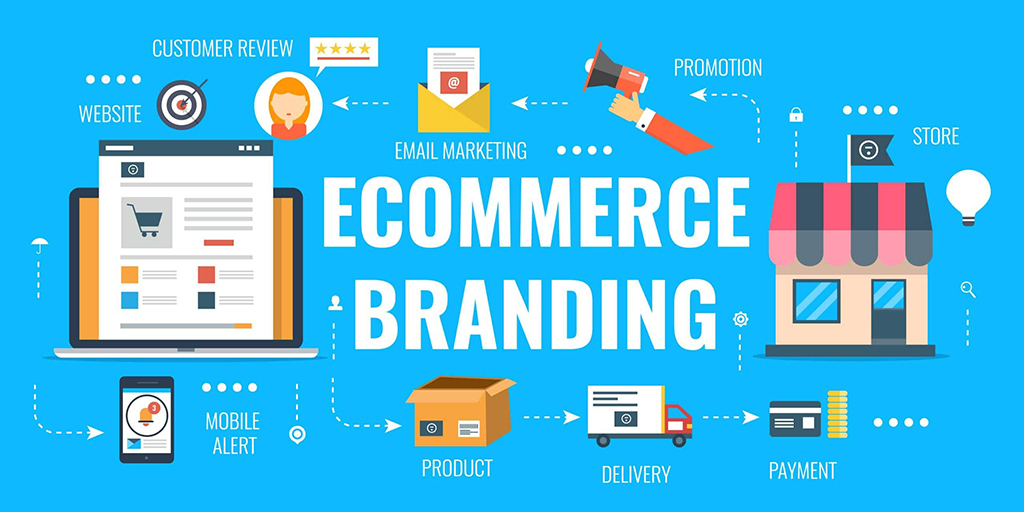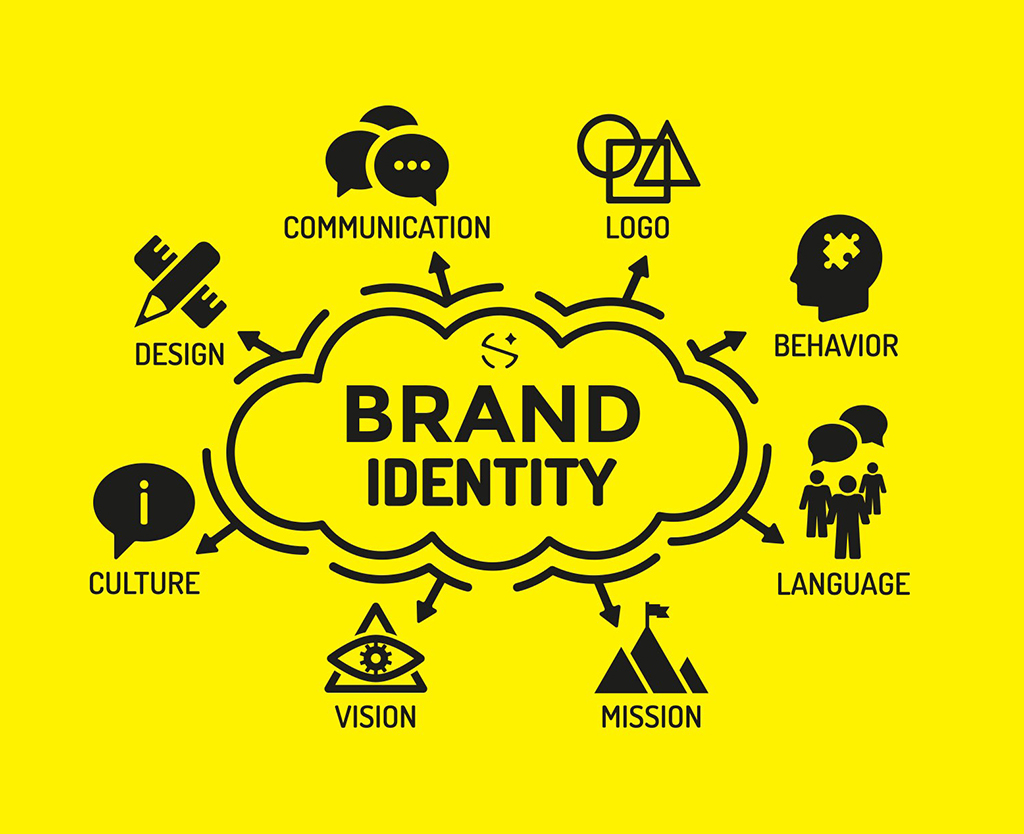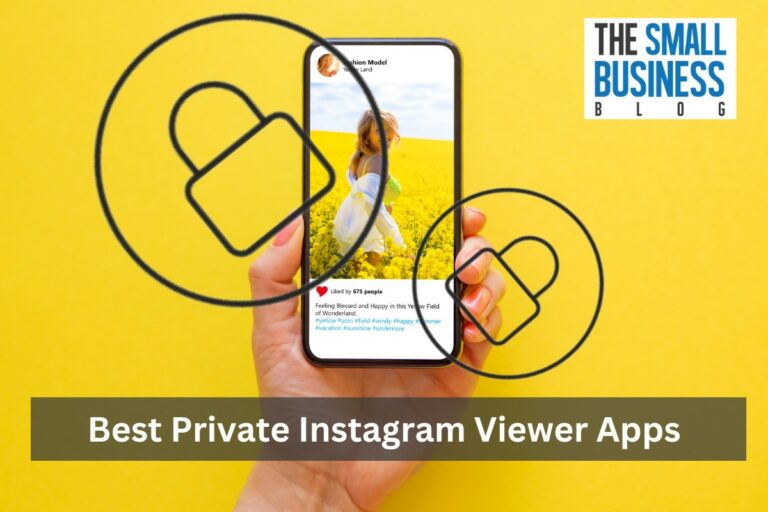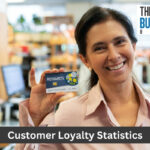In an era where the internet represents an essential tool for almost every sort of business, the level of competition in the e-commerce industry comes as no surprise. According to some e-commerce statistics, it is estimated that by 2040 a whopping 95% of all purchases will be made online.
And with 1.92 billion people that purchased products or services online in 2019 alone, it is highly likely that the number of e-commerce sales will only continue to rise.
With all sorts of e-commerce stores sprouting up left and right, it can be quite challenging to stand out among your competitors. Still, building a unique and recognizable e-commerce brand is an absolute must if you want to have any chances of success in your industry.
So, we decided to discuss the importance of branding and guide you through some of the most important branding steps you can use to take your e-commerce business to another level.
Post Contents
- 1 What Is E-Commerce Branding?
- 2 The Most Important Stages of E-Commerce Branding
- 3 Define Your Brand Personality
- 4 Pinpoint Your Target Audience
- 5 Distinguish Yourself From Others
- 6 Establish the Visual Elements of Your Brand Identity
- 7 Find Your Brand Voice
- 8 Essential Brand Design Elements
- 9 Conclusion
What Is E-Commerce Branding?
Essentially, your brand is the way others perceive your business – the visual representation that people associate with your business and products. Brand awareness is the key concept here – as your e-commerce brand grows more recognizable, your customer base will grow. People prefer doing business with reputable and well-known companies, but these are some quite subjective criteria.
Because of this, you have to make sure your brand strikes a chord with the audience – with the subjective part of their decision-making process. And by staying consistent with your branding, your new customers will become returning customers, ones who always choose buying from you in the long run.
Now, branding itself is the practice of creating your own, unique brand that will help separate you from the rest in the best way possible. During your branding process, you should build a distinctive and powerful brand identity (including your website design, your logo, packaging, etc.) that will help you increase the overall growth potential of your e-commerce business.
Of course, branding is not just a matter of visual representation – a big part of it lies in successful storytelling, too. But when it comes to e-commerce, it’s the visual part that does most of the heavy lifting.
The Most Important Stages of E-Commerce Branding

Now that we’ve explained what branding actually is, it’s time to cover some of the essentials of e-commerce branding. Without further ado, here are some of the most important steps you should take to create an e-commerce brand that stands out.
Define Your Brand Personality
One of the first things you should do when branding your e-commerce business is to define your brand personality. If you do this at the very beginning, you will have a much clearer idea of how to design and present your brand to your audience.
If you struggle to define your brand’s personality, here are some questions you can ask yourself for a good head start:
Who are you?
This is one of the first questions you should ask yourself. Who are you as a business? What are your company’s fundamental values? How does your business differ from the others? And most importantly – how do you want to communicate these differences to your potential customers?
When answering these questions, it can be quite useful to perform some marketing research. You should study your competition and analyze what’s working for them and what isn’t. Then, you can use this information to your advantage.
What are some of the keywords that best define your brand?
Listing a few main keywords that you can relate to your brand can help you speed up the branding process. These can be nouns, adjectives, or any other words or phrases that you can associate with your business.
What are your priorities and values?
When establishing your brand personality, you should also think about your brand’s core priorities and values. For example, if you own a cosmetics brand, one of your core priorities can be ensuring that your products have cruelty-free ingredients.
Or, you can have eco-oriented values, which can motivate you to create packaging with environmentally friendly materials. When you establish the main principles that you want to stand behind, you will be much closer to determining the direction in which you want your branding to go.
Pinpoint Your Target Audience

For the ultimate success of your e-commerce business, you must establish your target audience right away. What is the point of having great products if you can’t reach those you intended them for? If you have a clear idea of who you want to sell your products to, you will be able to create an appropriate strategy to reach them. As a result, your audience will gravitate towards your brand naturally.
Here are some things you should know about your target audience:
- Learn who they are. Aside from some basic info such as age and gender, you should also find out your audience’s likes, dislikes, pain points, and needs.
- Find out where they are on the web. You can start your search by browsing through some of the popular social networks like Facebook, Instagram, Twitter, etc. For example, if you are interested in launching an e-commerce store that sells beauty products, you can browse the platforms such as YouTube or Instagram. These networks have huge communities dedicated to beauty.
- Know their search terms. What are some of the keywords or phrases your audience uses to find the products they need? By learning this, you can adjust your copy to fit their search terms and attract them towards your e-commerce store naturally.
Distinguish Yourself From Others
This may seem like a given, but to stand out in the enormous e-commerce market, you should be able to emphasize your brand’s unique points in the best possible way. However, this can be one of the biggest challenges when it comes to establishing your brand.
First things first, you should determine your point of difference, i.e. the thing that sets you apart from the others.
We’ve mentioned the example of a beauty store earlier. Now, let’s say that you’re starting an e-commerce business that focuses on creating cruelty-free beauty products. In this case, you’ll want it to be apparent in your branding strategy.
Make it known that your products are cruelty-free on your packaging, on your website’s homepage, on your social media, etc. Also, you should highlight your uniqueness in your brand copy (in fact, you can even make it a part of your tagline), your logo style, or any other brand element that seems appropriate.
Establish the Visual Elements of Your Brand Identity

The next step you should take is to build your brand’s visual representation. Here are some of the most important elements to consider when defining your brand identity.
1. Logo
Many people consider a logo to be the brand itself, but in reality, it is more of a visual symbol of the brand than anything else. As such, it allows the audience to instantly associate your brand with your business, which makes it one of the essential elements of branding identity that mustn’t be overlooked.
First, you should perform appropriate user and marketing research to learn the preferences of your audience and take hints from some of the solutions used by your competition (the latter can help you avoid having too many similarities with some other logos). Then, you should go ahead and get creative.
Choose your style direction, your color palette, determine the shape of your logo (for example, an angular or round shape), whether you want to use a logo mascot or not, and so on. And if you’re still not completely certain how to go about your logo style, you can always search the web for some logo inspiration.
2. Typography
Typography plays a major role in defining your brand identity. Whether you’re choosing fonts for your website, or planning to add them to your logo, banners, and/or packaging, there are plenty of choices to consider. Which font (or font combination) you will go for largely depends on the nature of your brand as well as the type of audience you want to attract.
For example, Serif fonts are considered to be more classic, and as such, they can be perfect for any brand with a sense of tradition or that caters to an older crowd. San Serif font types are generally associated with modern and clean design, and due to their simplicity, they can fit practically anywhere.
Script fonts are considered more creative and are often used to add a decorative or elegant touch to a design, which makes them perfect for beauty and female-oriented brands. However, they should be used carefully due to their attention-grabbing nature.
There are also Display fonts used for larger types of text, like banners or headlines. Finally, handwritten fonts imitate the natural handwriting style, which makes them ideal for adding extra personality to your brand.
Of course, you should go for a font style that best fits the message you’re trying to get across, so make sure to do plenty of research and consider all your options wisely before you make a final decision.
3. Colors
Your color palette is another extremely important element of your branding. Colors have the power to evoke all sorts of emotions in people. In fact, each color has its own meaning and psychological value and can contribute greatly to your brand’s success, which is something you can use to your advantage when designing your e-commerce brand.
For example, red is considered a powerful color that symbolizes passion, confidence, and energy, but it can also come off as aggressive. Blue is best known for representing loyalty and security, while green is most often associated with nature and health (which makes it perfect for brands that offer natural and organic products, for example).
Black is usually considered to be refined, bold, and modern, so it works well with any high-end and electronic brands.
Find Your Brand Voice
A brand voice is a unique way of communicating with your audience, making it another important element of e-commerce branding. By making your voice memorable and consistent, you can help boost the recognition of your brand identity by a long shot. In turn, this will humanize your business and make it more relatable. Plus, your customers will find it easier to connect with you.
The way you choose to communicate with your audience will depend on your industry, your target audience, and your overall business goals. This type of voice can be anything from helpful and compassionate to funny and playful, all the way to authoritative and confident.
For example, if you’re selling wellness products, it’s probably best to have a soothing and warm type of brand voice that shows that you care for the health and wellbeing of your customers.
Essential Brand Design Elements

After you’re done with establishing the fundamentals of your branding identity and choosing the brand voice that best works for you, it’s time to use all these to create some key elements of your e-commerce brand. These include:
1. Your website
This will be the home of your e-commerce business, which is why you should take all the time you need to build a professional and well-designed website that fits with your brand identity and voice. If you haven’t done so already, you should get yourself a domain name, pick an appropriate e-commerce platform, and select your online payment gateway service and a solid hosting provider.
Finally, once you’re done with taking care of all these, you can go ahead and start creating your e-commerce store that will be able to unite all of the branding steps we mentioned above.
2. Packaging
If you plan on using your own packaging to ship products to your customers, you have the perfect chance to further differentiate your brand from others. You can do this by offering a more premium type of packaging for some of your exclusive products.
Or you can make it more secure or eco-friendly, or incorporate a unique design feature for extra effect. All in all, you should strive to impress your customers with your packaging in some way and inspire them to buy from you again.
3. Merchandise
Creating branded merchandise (featuring your logo, your tagline, your brand colors, etc.) is another great way to spread the word about your brand and make it stand out. You can produce t-shirts, hats, mugs, or anything else you find to be suitable for your type of e-commerce business.
Conclusion
Whether you’re planning to sell clothes, accessories, cosmetics, or technology products, creating an easily identifiable e-commerce brand with a unique design and a consistent voice across all platforms can help you come a long way in getting the recognition you deserve.
We recommend that you use this step-by-step guide when establishing your e-commerce brand to improve your chances of success.






























